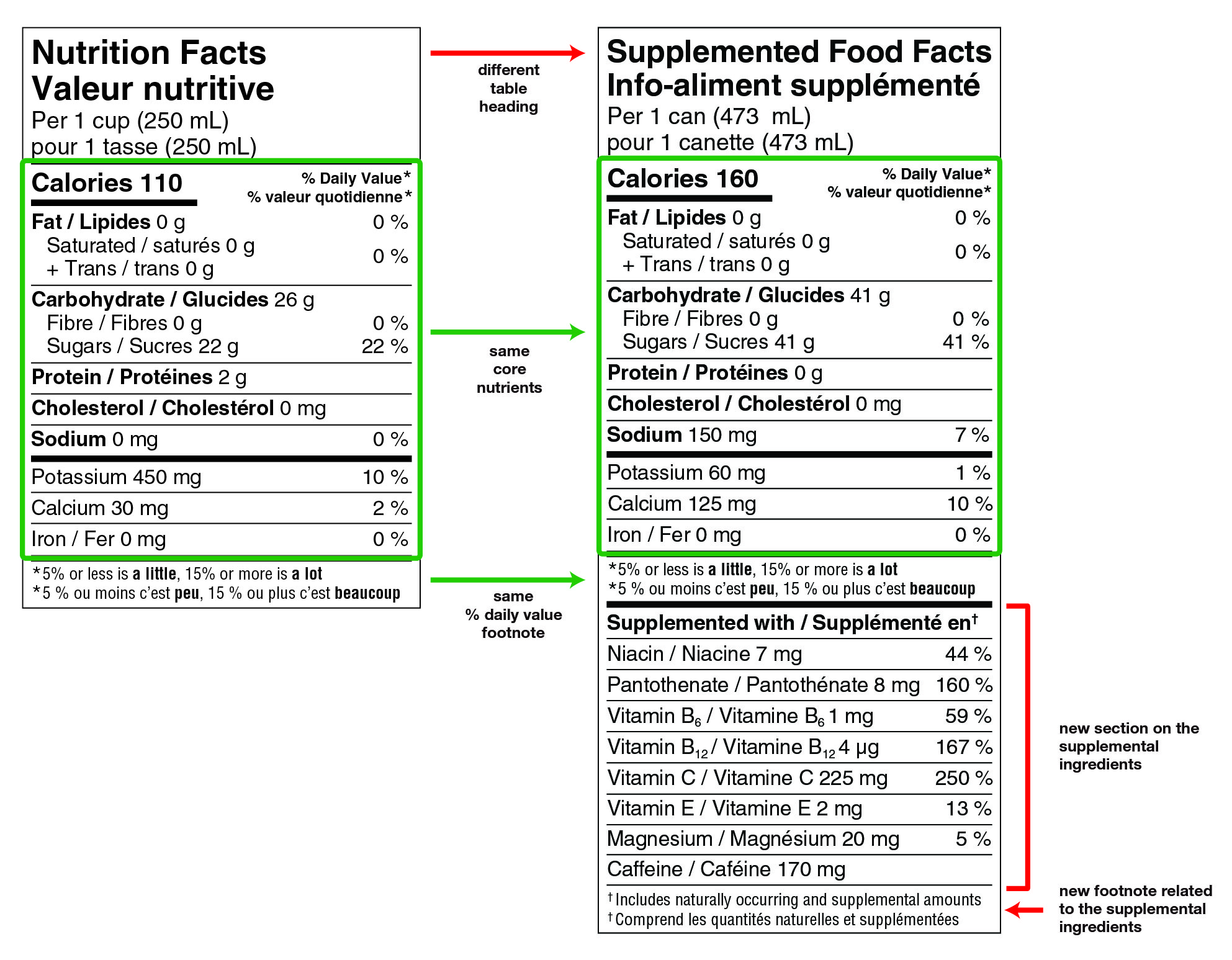
Health Canada aims to enhance your awareness of the revised labelling on supplemented foods, providing valuable information for making informed dietary choices.
Understanding Supplemented Foods: Supplemented foods are prepackaged items with added specific ingredients, such as vitamins, minerals, amino acids, or caffeine, for purposes beyond basic nutrition. Some may have consumption limits or may not be suitable for certain individuals, especially when combined with other supplemented foods or supplements containing similar ingredients. Examples include – beverages or bars with added vitamins and minerals and beverages with added caffeine (for example, caffeinated energy drinks).
What’s Changing? Starting in 2024, a standardized Supplemented Food Facts table will replace the nutrition facts table on all supplemented foods, with full implementation required by December 31, 2025. Some supplemented foods will also carry a caution identifier on the front of the package and related caution box on the back or side of the package. This is because certain supplemented foods contain supplemental ingredients that can pose a risk to health if you consume too much of them or are pregnant, breastfeeding, under the age of 14 or sensitive to caffeine.
Be on the lookout when you go grocery shopping – some foods already carry these new labels!
Help Spread the Word: Join us in sharing this important information with your family, friends, and colleagues. Health Canada has developed messages and resources, including a new factsheet, to aid in distinguishing supplemented foods from other products and interpreting cautionary information accurately.
Connect with Us: For any questions or comments, please contact us! You may also reach out to Health Canada or contact Health Canada’s Supplemented Foods team with the subject line: Supplemented Foods Awareness Initiative. Let’s work together to ensure everyone stays well-informed!
If you have questions or comments about this story, please contact us.
References:
Health Canada, Supplemented Foods (2023)
This article was written by Lucia Weiler, BSc, RD, PHEc – Award-winning dietitian and Owner, n4nn.

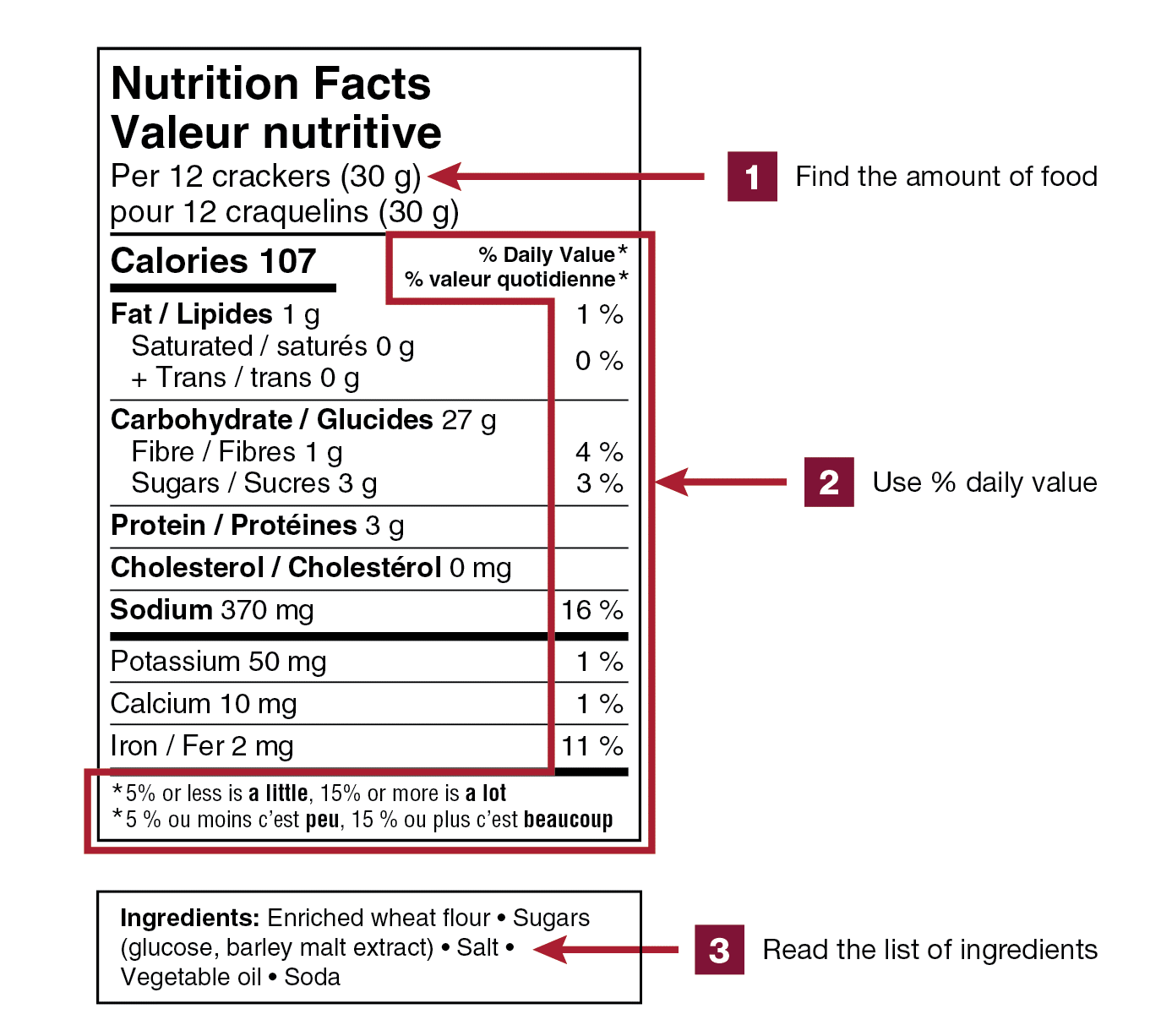


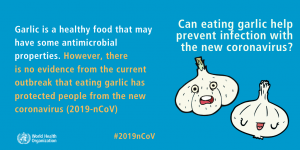
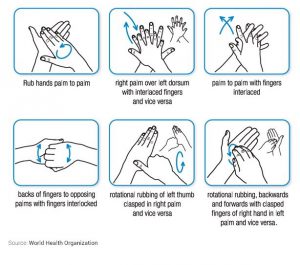
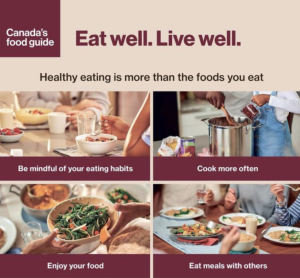

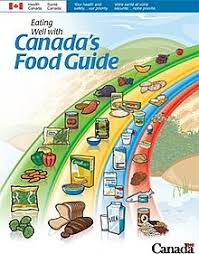


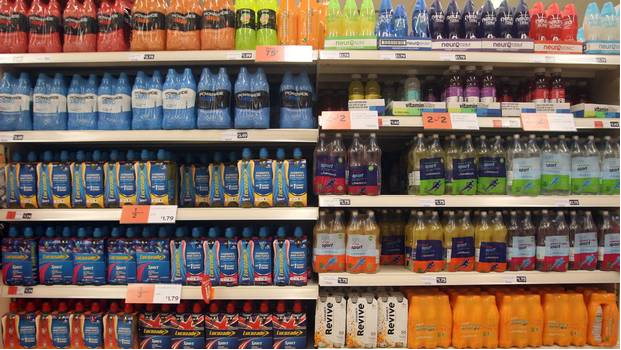
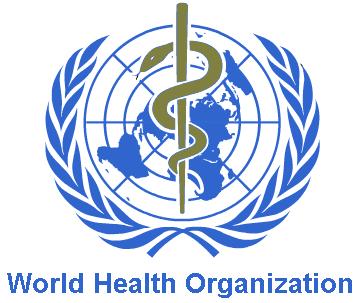









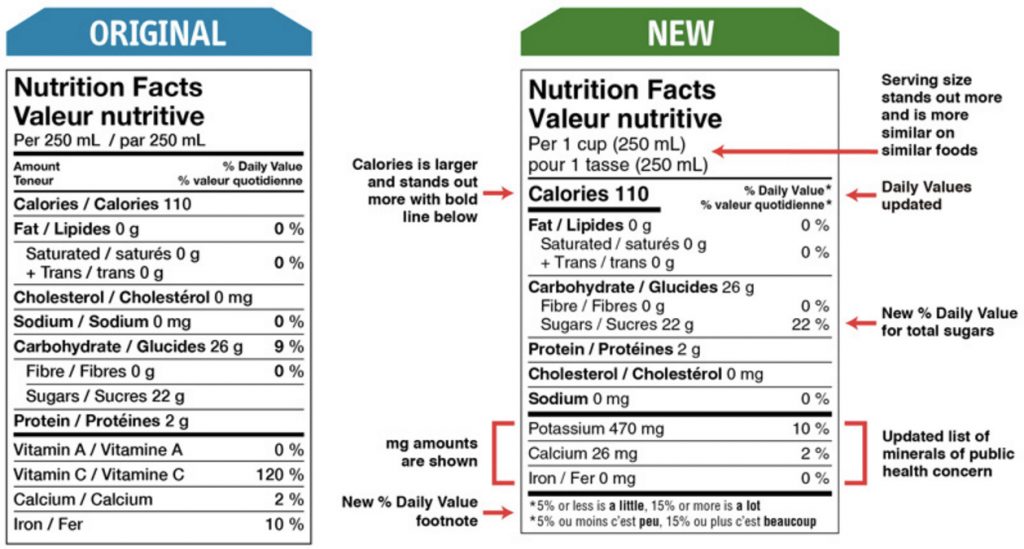
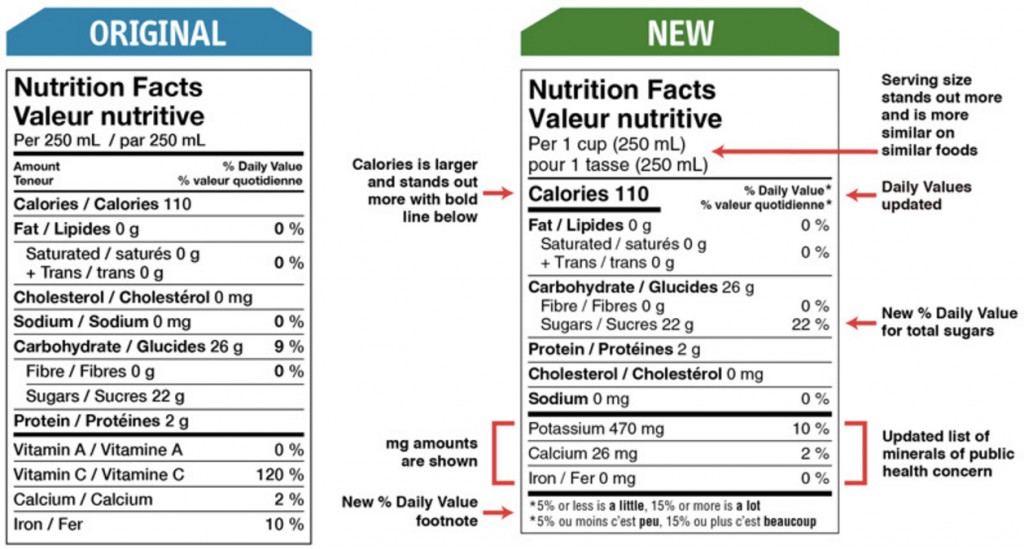
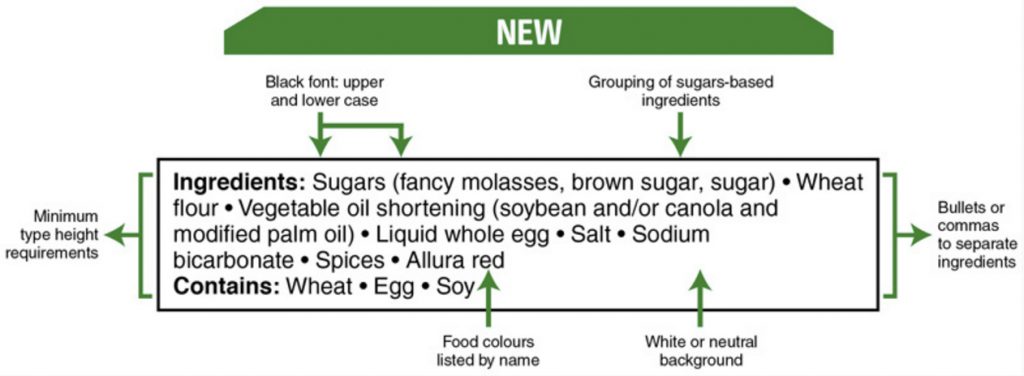

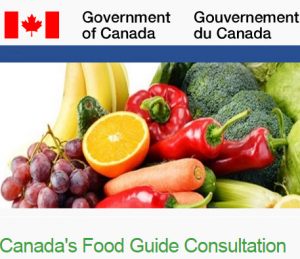 You may have heard the big announcement that Health Canada is revising the Food Guide (CFG) and
You may have heard the big announcement that Health Canada is revising the Food Guide (CFG) and 

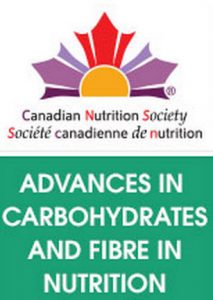 On January 11th, 2014 we attended the one-day CNS conference on Advances in Carbohydrates and Fibre in Nutrition at the Hyatt Regency in Toronto. The event drew over 250 attendees including nutrition professionals, dietitians and students with expert updates on functional fibres, claims in Canada and Glycemic Index of foods.
On January 11th, 2014 we attended the one-day CNS conference on Advances in Carbohydrates and Fibre in Nutrition at the Hyatt Regency in Toronto. The event drew over 250 attendees including nutrition professionals, dietitians and students with expert updates on functional fibres, claims in Canada and Glycemic Index of foods.